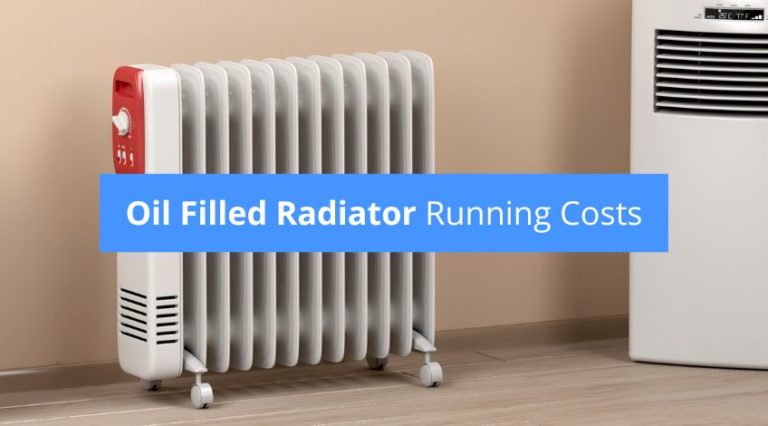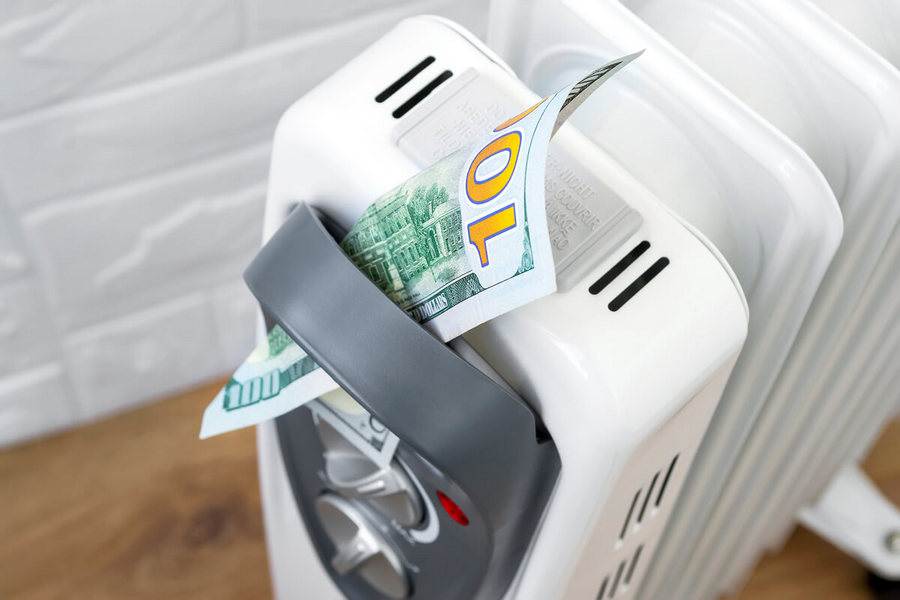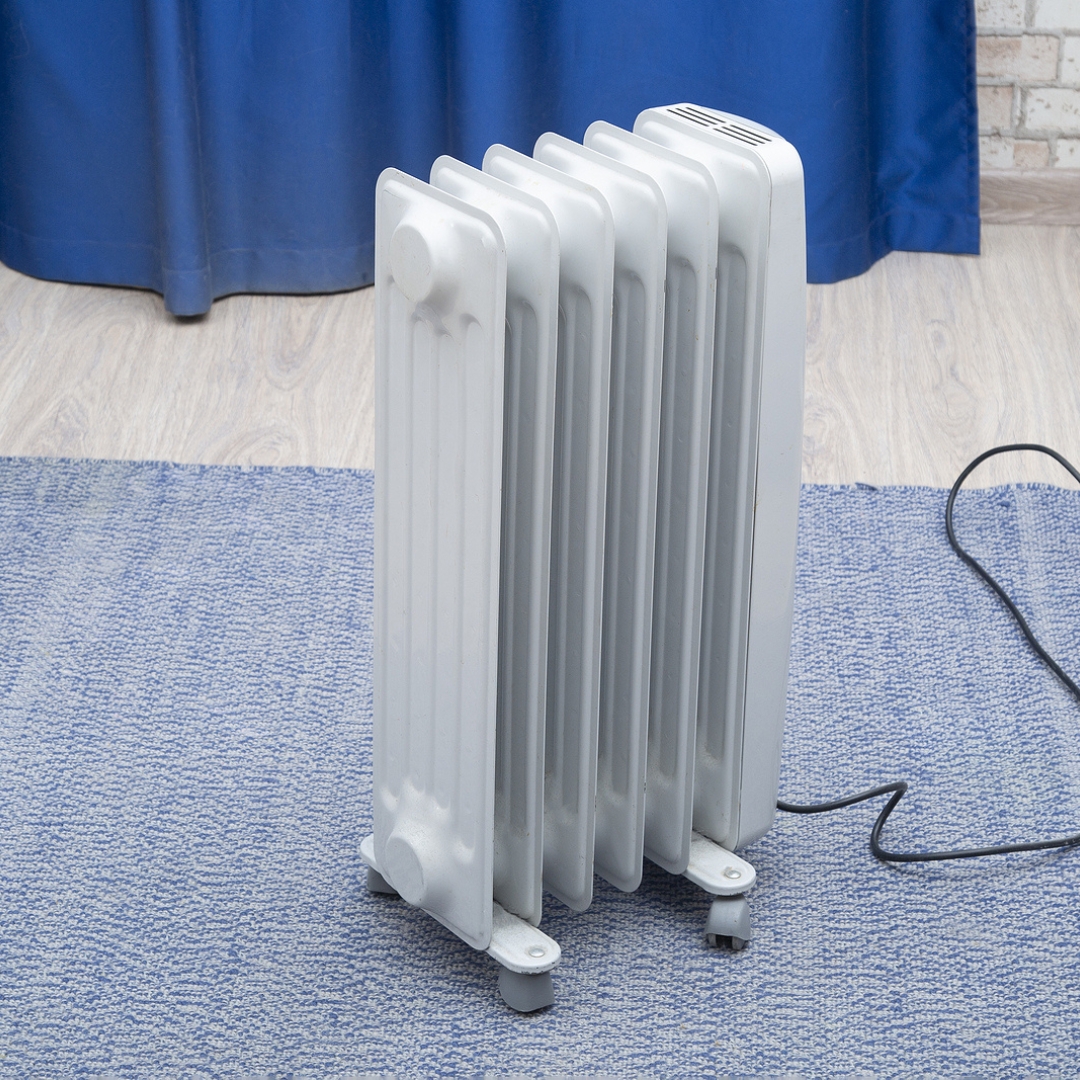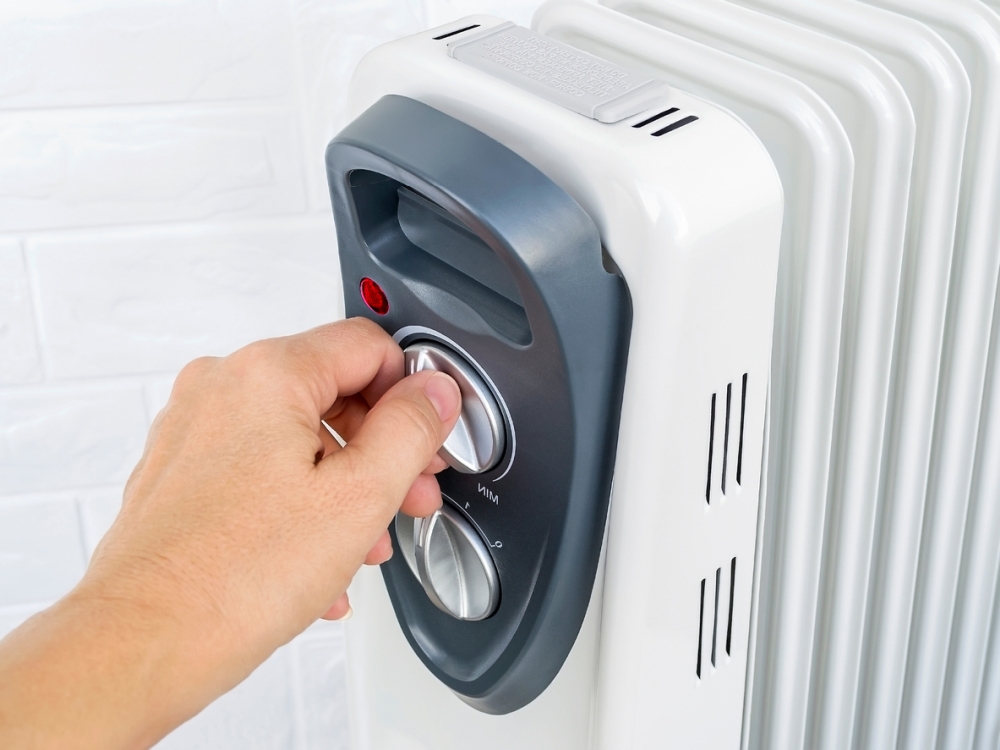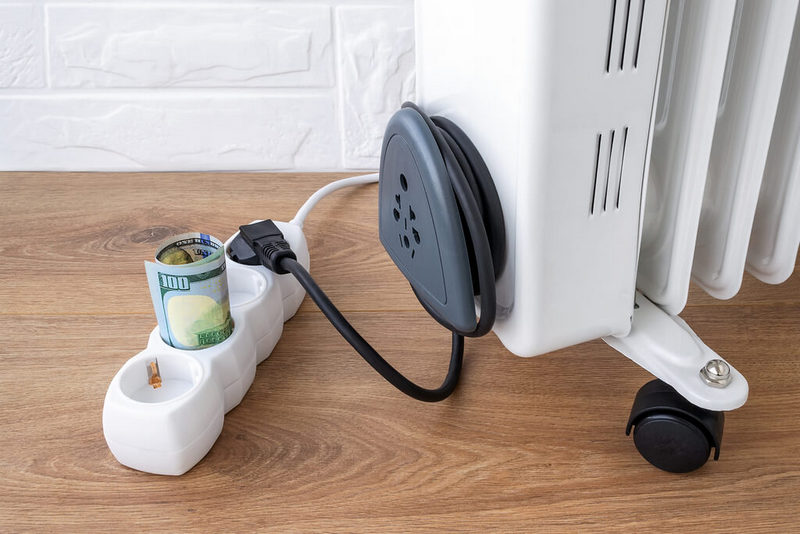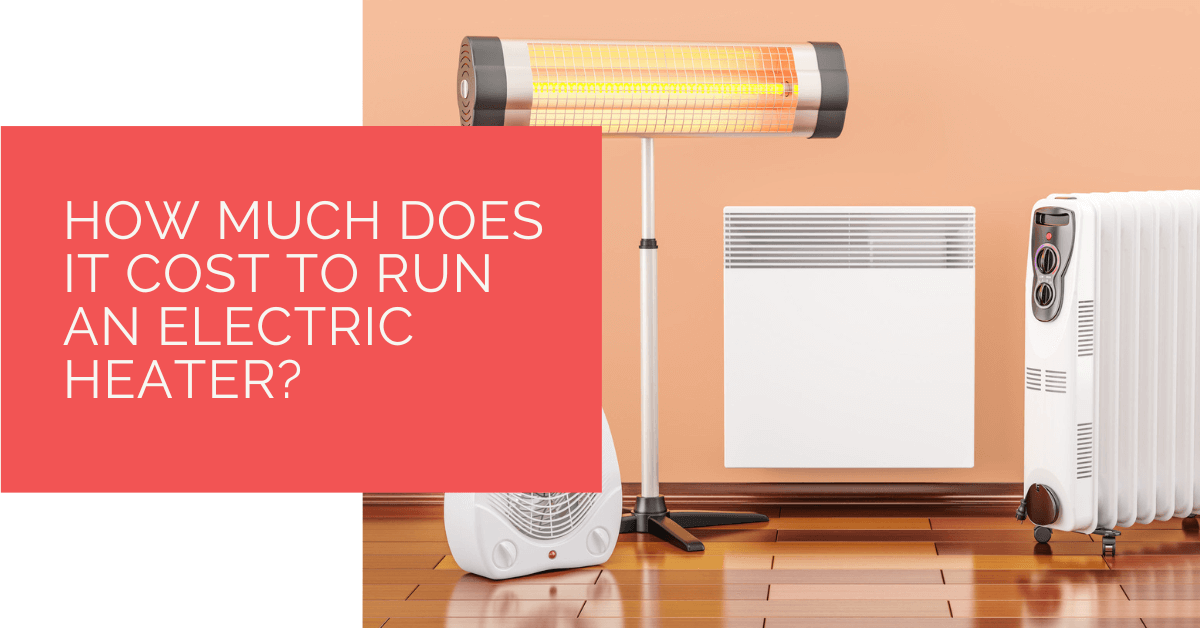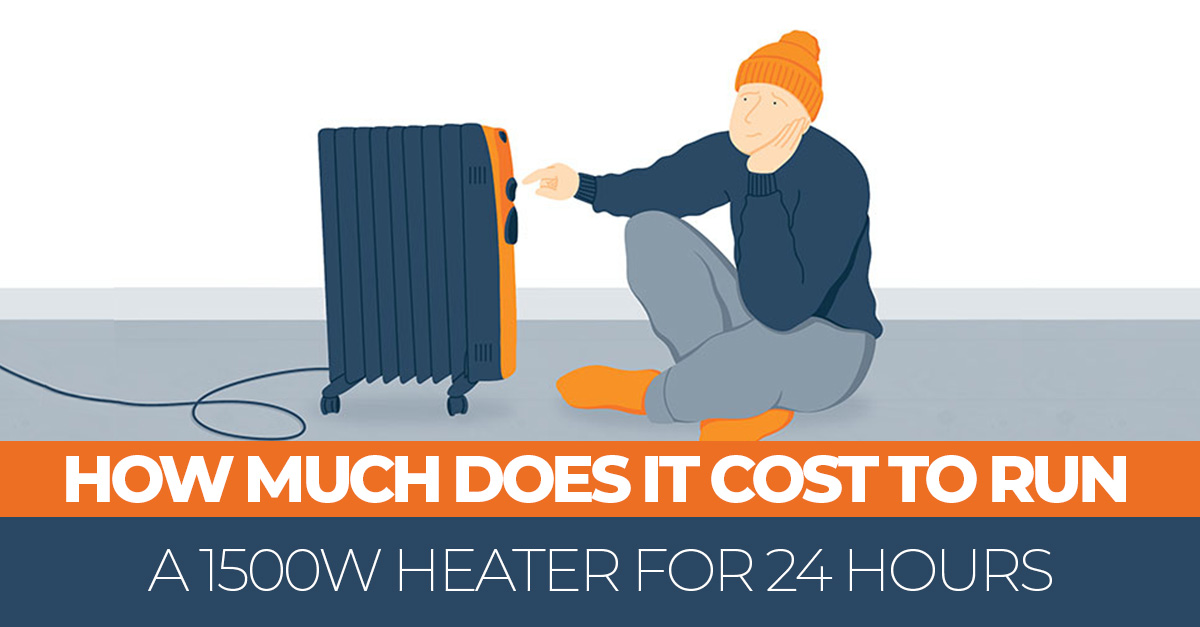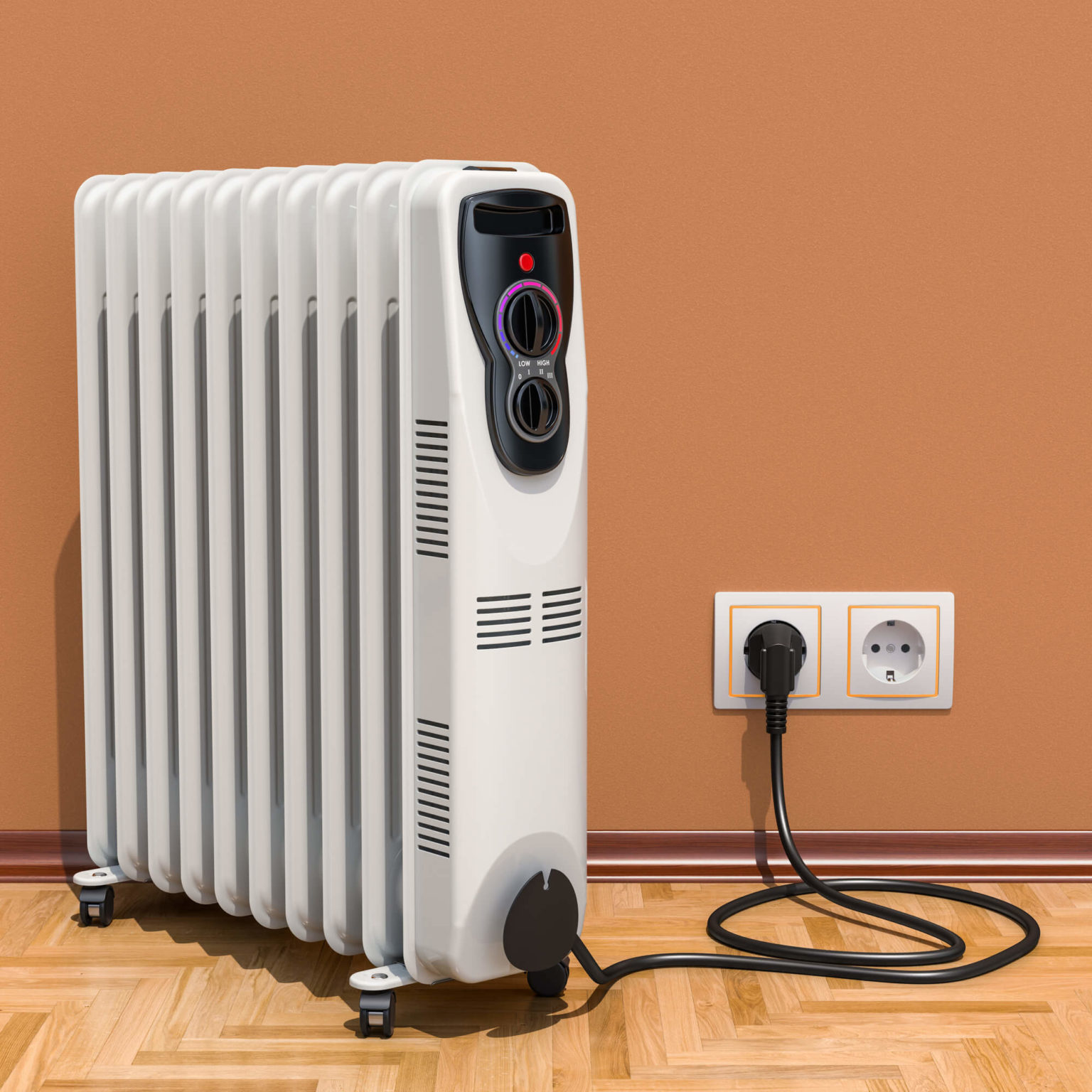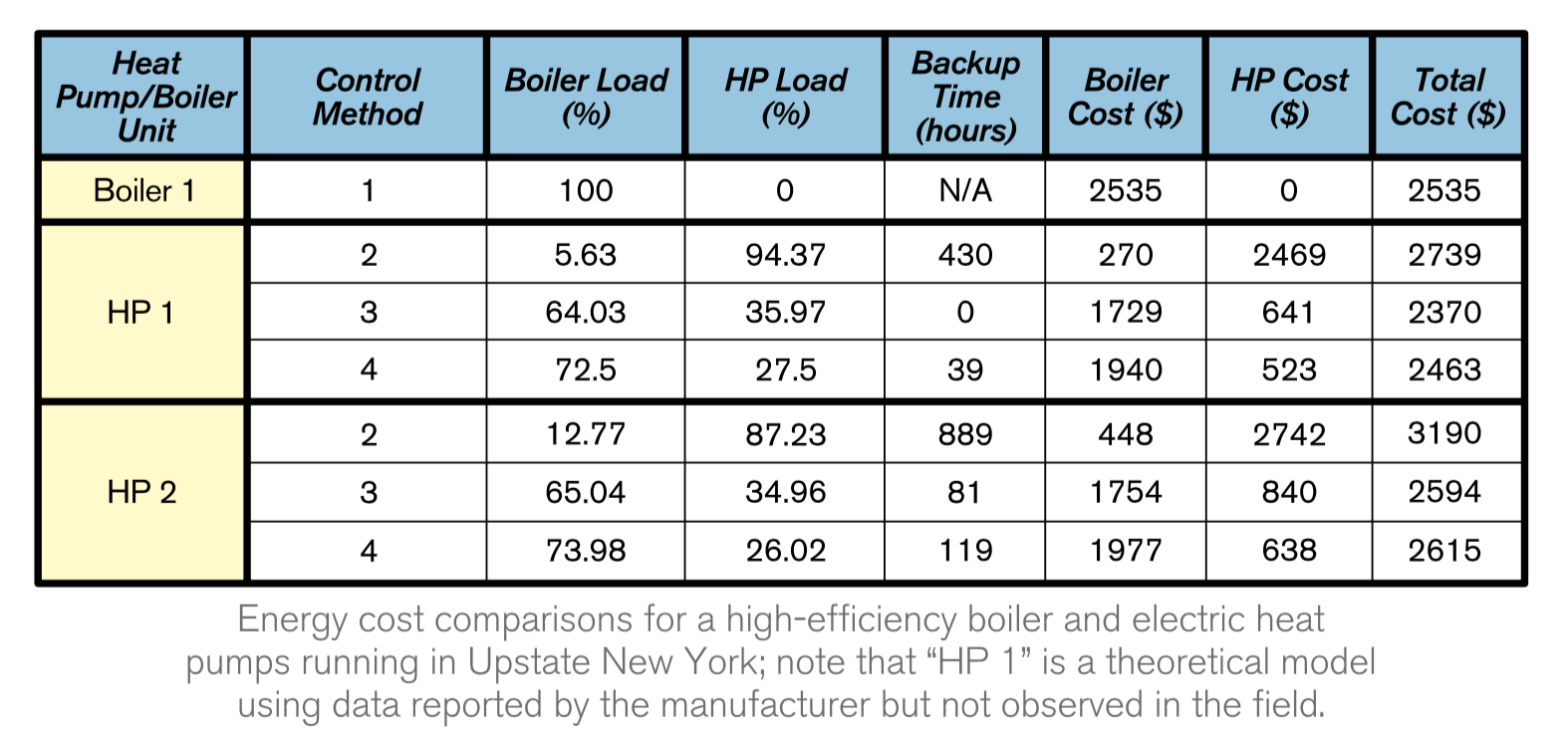Cost Of Running An Oil Heater

As winter's chill deepens, many households are turning to supplemental heating solutions, and oil-filled radiant heaters are a popular choice for their perceived efficiency and quiet operation. However, with rising energy costs, consumers are increasingly concerned about the true cost of running these heaters and how they impact their electricity bills.
Understanding the economics of oil heater operation is crucial for budget-conscious individuals seeking to balance warmth and affordability during the colder months. This article breaks down the factors influencing the cost of running an oil heater, providing consumers with the information needed to make informed decisions about their heating choices.
Understanding Oil Heater Electricity Consumption
The primary factor determining the cost of running an oil heater is its power consumption, measured in watts. Most standard oil heaters range from 700 to 1500 watts. The higher the wattage, the more electricity the heater consumes and the higher the operating cost.
To calculate the hourly cost, consumers need to know their local electricity rate, typically measured in cents per kilowatt-hour (kWh). This information can be found on their monthly electricity bill or by contacting their utility provider.
Once you have these two figures, the formula is straightforward: (Heater Wattage / 1000) * Electricity Rate (in cents/kWh) = Hourly Cost (in cents). For example, a 1500-watt heater running at an electricity rate of 15 cents/kWh would cost approximately 22.5 cents per hour to operate.
Factors Affecting Running Costs
Beyond the wattage and electricity rate, several other factors influence the overall cost of running an oil heater. These include the size of the room being heated, the desired temperature, and the insulation of the space.
A poorly insulated room will require the heater to work harder and longer to maintain a comfortable temperature, increasing energy consumption. Similarly, a larger room will demand more energy to heat effectively.
Another crucial aspect is the heater's thermostat setting. Setting the thermostat too high can lead to excessive energy usage. Aim for a comfortable but not excessively warm temperature to minimize costs.
Comparing Oil Heaters to Other Heating Options
Oil heaters are often compared to other supplemental heating options such as space heaters and electric furnaces. Each has its pros and cons in terms of efficiency and cost.
Space heaters, particularly those with fans, can heat a room quickly but often consume more electricity than oil heaters for the same heat output. Electric furnaces are typically more efficient for heating larger spaces but involve higher installation costs.
Oil heaters are generally considered more efficient than standard space heaters due to their ability to retain heat longer. Once the oil is heated, it continues to radiate warmth even after the heater cycles off, reducing energy consumption compared to heaters that constantly draw power.
Tips for Minimizing Oil Heater Costs
Several strategies can help consumers reduce the cost of running their oil heaters. One of the most effective is to ensure the room is properly insulated.
Sealing drafts around windows and doors can prevent heat loss, reducing the heater's workload. Consider using weather stripping or caulk to seal gaps.
Another approach is to use the heater only when and where needed. Instead of heating an entire house, focus on heating the specific room being occupied. Using a programmable thermostat can also help regulate temperature and prevent unnecessary energy consumption.
The Human Element: Balancing Comfort and Cost
For Sarah Miller, a single mother working from home, the decision to use an oil heater was a pragmatic one. She needed to keep her home office warm without incurring the high costs of heating her entire apartment.
"I was really worried about my electricity bill this winter," she said. "The oil heater has helped me keep my office comfortable while keeping my heating costs manageable. I just make sure to turn it off when I'm not in the room."
Stories like Sarah's illustrate the importance of understanding the costs associated with heating solutions. For many, the ability to target heating to specific areas is a critical factor in managing their energy bills.
Impact on Consumers and the Environment
The collective impact of oil heater usage extends beyond individual electricity bills. Increased energy consumption contributes to the overall demand on the power grid. This can, in turn, affect energy prices and impact the environment, depending on the source of electricity generation.
While oil heaters themselves do not directly emit pollutants, the electricity used to power them may come from sources that do. Consumers are encouraged to consider energy-efficient practices and explore alternative energy sources to minimize their environmental footprint.
Organizations like the Environmental Protection Agency (EPA) offer resources and information on energy-efficient heating and cooling options. Consulting these resources can help consumers make environmentally responsible choices.
Conclusion
The cost of running an oil heater depends on several factors, including wattage, electricity rate, room size, and insulation. By understanding these factors and implementing energy-saving strategies, consumers can effectively manage their heating costs while staying comfortable during the winter months.
In a landscape of rising energy prices, informed decision-making is crucial. Taking the time to calculate costs, compare options, and optimize energy usage can result in significant savings and a reduced environmental impact.
Ultimately, finding the right balance between warmth, affordability, and environmental responsibility is the key to navigating the challenges of winter heating. Consumers who actively engage in understanding their energy consumption are better equipped to make informed decisions that benefit both their wallets and the planet.


